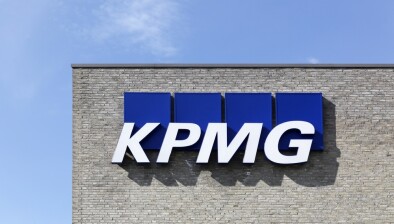KPMG: Scottish insolvencies down on 2019 as support measures provide ‘breathing space’

Blair Nimmo
Furlough and other Government support measures appear to have stemmed a feared significant rise in corporate insolvencies in Scotland, according to the latest data from KPMG.
In November, there were 35 administrations or liquidations in Scotland - 23 fewer than the same period last year. Meanwhile, based on current trends, the total number of insolvencies for 2020 looks set to be significantly lower than the 491 cases witnessed in the previous year.
Experts say support measures – including the further extension of furlough until April 2021 - have provided ‘breathing space’ for many businesses that would have otherwise struggled to survive the pandemic.
Blair Nimmo, KPMG UK’s head of restructuring, said: “Comfort can be taken from the fact that we haven’t yet seen the deluge of companies falling into administration that many predicted, as the breadth and depth of support measures available, coupled with a supportive lending community, have given organisations vital breathing space in the crisis. However, the old adage that ‘more companies fail coming out of a recession than fail going into it’ will be front of mind for many executives who now are trying to forward plan their exit from lockdown.
“There remains a huge number of ‘unknowns’ which make planning for an exit particularly difficult – from how long it will take for customer demand to bounce back and minimising disruption across supply chains, to the cost of implementing social distancing measures, and whether the Government’s Job Retention Scheme will be tapered out, failing which many businesses are likely to make significant redundancies across their employee base.”
He added: “While recognising that things will not go back to the way they were overnight, and that a phased approach will undoubtedly be necessary, businesses will nevertheless need to take care not to fall into the classic trap of scaling up too quickly. Many will have burnt through cash reserves during 2020, and while some will have taken advantage of the various government support packages available, it must be remembered that at some point, loans will still need to be repaid – a burden which comes on top of having to finance any ramp-up in production, repay tax deferrals and re-engage staff who have been furloughed.
“Companies should therefore think about embedding as much of the cost-saving gains made in their initial crisis response as possible into their day-to-day operations, as well as opening dialogue with key suppliers and financial stakeholders on repayment plans that support a recovery on both sides of the table.
“It will be essential to model the medium to long-term financial impact of a market that may ultimately operate on reduced activity levels, and importantly, assess the cost base required to support that, as it is highly unlikely to look the same as the pre-crisis operating model.”







